Swiss architects go wild over zoo design
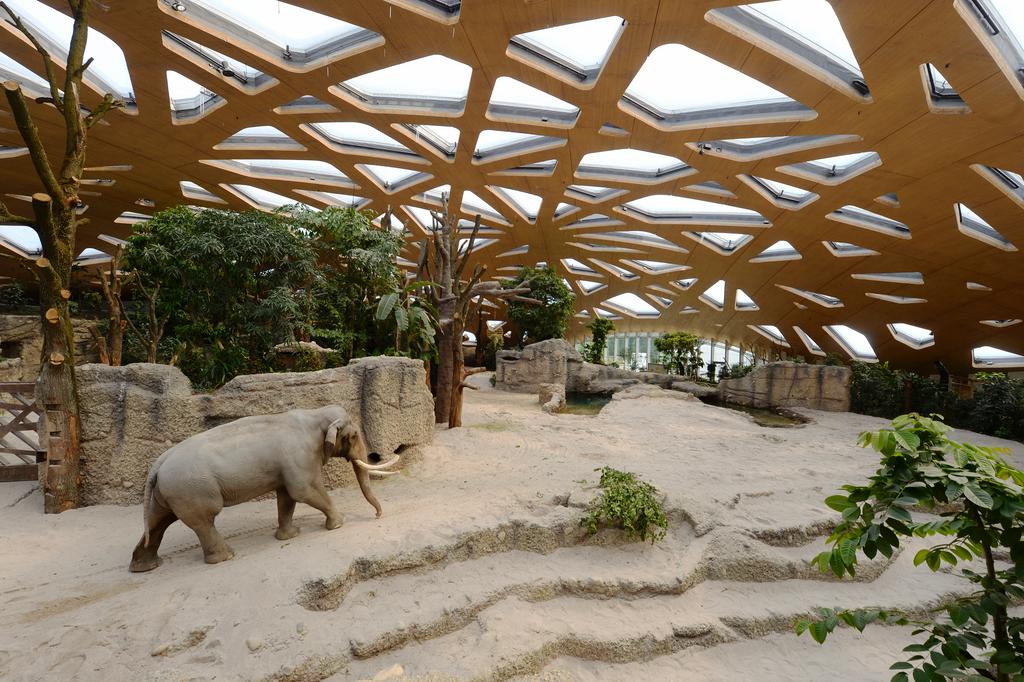
Designing spaces for wild animals is not what most architects have in mind when entering the profession. But the creative Swiss are embracing the challenge to make lions, elephants and sea creatures feel at home.
Markus Schietsch clearly remembers his first encounter with a wild bull elephant. He was in the back of an open pickup truck when the elephant repeatedly mock charged the vehicle in the Kaeng Krachan national park in Thailand. The adrenalin-packed experience was courtesy of a study trip organised by the Zurich zoo, as the Zurich based-architect had just won a CHF57 million ($56.7 million) contract to build their new Kaeng Krachan elephant house.
“The visit was to help me understand more about the role of zoos today,” the boyish-looking 40-year-old told swissinfo.ch. “You can still be critical about zoos but they are very important to generate an awareness about conservation problems outside Europe.”
He was thrilled to win the elephant house commission, the biggest project his firm had ever been entrusted with. Competition was fierce, with around 65 entries from countries including the United States, France, Italy, Germany and Austria.
But his 6,800 square metre free-standing wooden roof – designed to give the impression of being under a giant tree – bowled the jury over.
“We delved into the world of the elephant and came across these beautiful tree canopies where they lived,” says Schietsch. “We then tried to translate this structure into the elephant house design.”
Another Swiss architect who bagged a multimillion-franc zoo contract is Roger Boltshauser, who is also based in Zurich. His firm beat internationally-renowned architects like Zaha Hadid and David Chipperfield to win the CHF100 million commission to build an oceanarium at the Basel zoo.
“I didn’t believe we had a chance of winning and this gave us the freedom to do what we liked and try something that was interesting to us,” he says.
Boltshauser went for a minimalist design which used natural materials like clay and addressed important practical concerns like making the most of limited space by incorporating vast underground spaces.
“We wanted to create an oceanarium that was not like a shopping mall where you come in and immediately see several aquariums,” he says. “We wanted to guide visitors from room to room and explore one aquatic world at a time.”
His strategy won over the jury, which praised its “understated architecture and compact above-ground building space”. The oceanarium is scheduled to be ready by 2021.
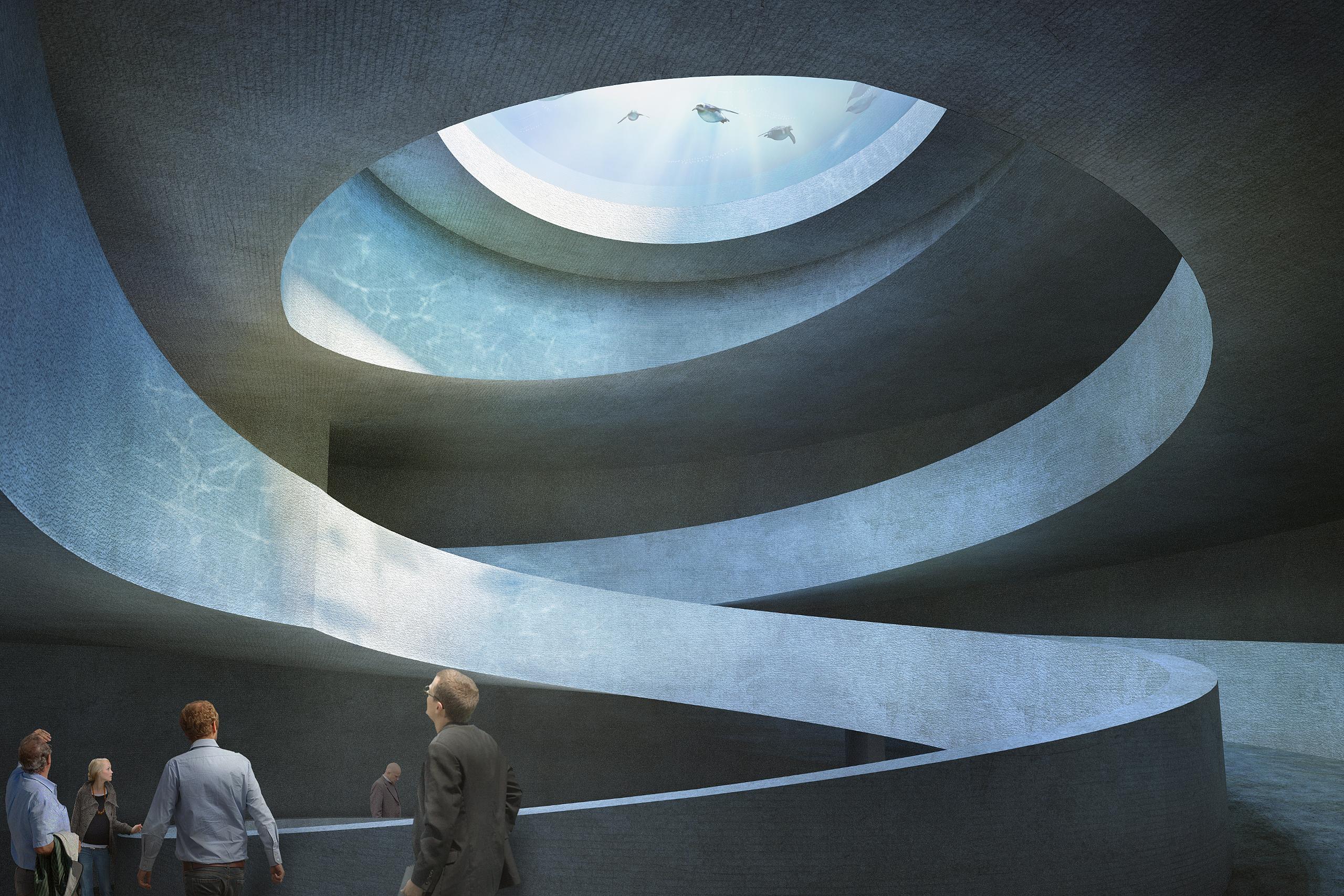
More
Swiss zoo architecture
New zoo philosophy
“There is no comparison between the menageries of the 19th century and zoos today, thanks to changes in knowledge and society,” says Gerald Dick, director of the Swiss-based World Association for Zoos and Aquariums (WAZA). “Modern zoos look to provide the best possible welfare for the animals in order to encourage natural behaviour.”
He says it is not just the size of the enclosure that is important but also ensuring that animals can choose what they’re doing and where they’re going. For this reason, grids and fences have given way to more natural elements that offer shelter and shade.
Schietsch’s firm had never worked on zoo enclosures before, but he was clear from the start that he wanted to centre the elephant house design around nature and not think about enclosures at all. The resulting concept was a nod to the new zoo philosophy, which is no longer about putting animals on display but making enclosures a part of nature and visitors a part of the animal’s environment.
“Our design began with an ideal world where elephants can walk freely beyond the structure,” says Schietsch. “The next part was to make a boundary to tell the elephants where not to go.”
It was a strategy that paid off for the elephants, who appear to be more at home in their new enclosure, inaugurated in 2014.
“No human being can really tell if an animal is ‘happy’,” a spokesperson for the Zurich zoo told swissinfo.ch. “However, what we can tell is that our elephants show more of their natural behaviour in the new enclosure – which is exactly what we aimed for.”
Boltshauser also embraces the new zoo philosophy and wants to bring visitors to the level of the fish. He feels that most aquariums have too many distractions and too much information which has nothing to do with the very quiet world of aquatic creatures.
“The old way of watching a shark while eating ice cream is passé”, he says. “We need new answers for our times.”
The issue of sustainability has been addressed by the use of rendered earth walls in the building facade, which is also designed to regulate the temperature of the aquatic tanks.
This focus on nature-centric design and respect for animals resulted in an unexpected windfall for the oceanarium. A zoo patron was so impressed with Boltshauser’s work that he donated CHF30 million to the oceanarium project.
“Especially the clear concept of focus on conservation and sustainability rather than on commercialism and hype had persuaded the donor to support the oceanarium,” stated the Basel zoo.
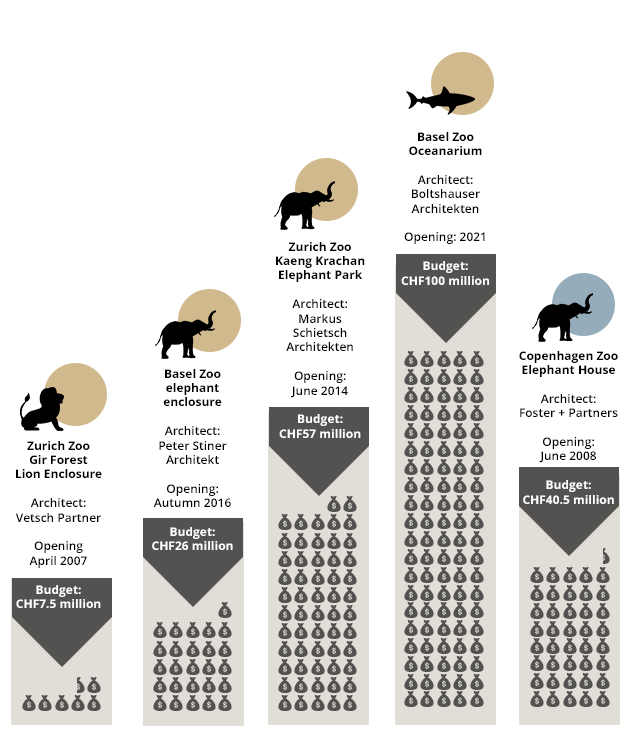
Practical considerations
Despite the best intentions of architects, it is not always possible to replicate an animal’s natural habitat in a zoo setting. For example, the elephant house in the Zurich zoo could not incorporate a lot of trees into the enclosure to recreate a dense Thai jungle.
“For the landscape we chose to go with a dry river bed theme because if you plant trees in the compound they will be uprooted very quickly,” says project manager Philipp Heidemann.
Landscape architect Urs Baumgartner – whose firm Vetsch Partner was commissioned to build the 1,700 square metre Gir Forest lion enclosure at the Zurich zoo that opened in 2007 – also had to work around similar limitations.
“We used reference photos from the Gir Forest in India to recreate the landscape,” he says. “But we couldn’t use the plant species from India for landscaping as we weren’t sure they would survive more than a year in this climate.”
Baumgartner had to find locally available plants that were of the same colour and height to mimic the Asiatic lion’s habitat in western India.
Architects also have to take into account issues like giving zoo staff access to animals for providing food and medicine and maintaining the enclosures. Boltshauser remembers the back-and-forth discussion with his aquarium planners to balance his artistic vision with their practical recommendations.
“We decided to minimise the number of levels because it makes it easier for the technicians who have to maintain the aquariums and also for the public to get around,” he says.
Architects also have to keep visitors in mind when drawing up plans for ambitious zoo projects. A tricky problem that often has to be resolved is preventing “cross-viewing”, where visitors on one side of the enclosure can see other visitors on the opposite side.
Expensive zoo projects are also under pressure to recoup costs by maximising visitor numbers. Hence, architects have to ensure that passages are wide enough for an efficient visitor flow and that people don’t need to linger around to enjoy the experience.
“Our calculations were based on 700,000 visitors per year and the building can accommodate up to 1,000 people at any one time,” says Jan Schlüter, project manager for the Basel oceanarium. But he warns that the first year of opening often exceeds expectations. He predicts the oceanarium will receive a million visitors in its first year.
However, winning a big zoo design project is all about quality and not quantity. According to Boltshauser, Swiss architects have been successful in the face of international competition due to a combination of factors such as local knowledge, experience with sustainable materials and preference for understated design that does not overshadow the animals.
“Essentially a project is good or bad and it does not matter if I am Swiss or not,” he says. “It is important to be authentic instead of being influenced by what is hip right now, and to be respectful of the animal and find a good way to communicate this respect to the visitors.”

In compliance with the JTI standards
More: SWI swissinfo.ch certified by the Journalism Trust Initiative









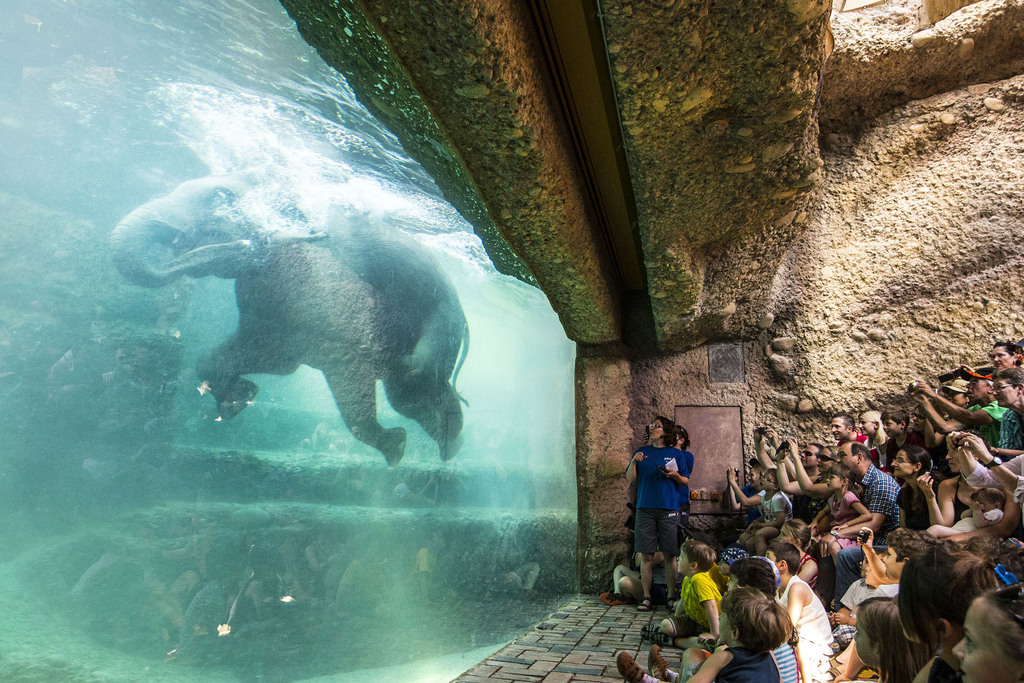
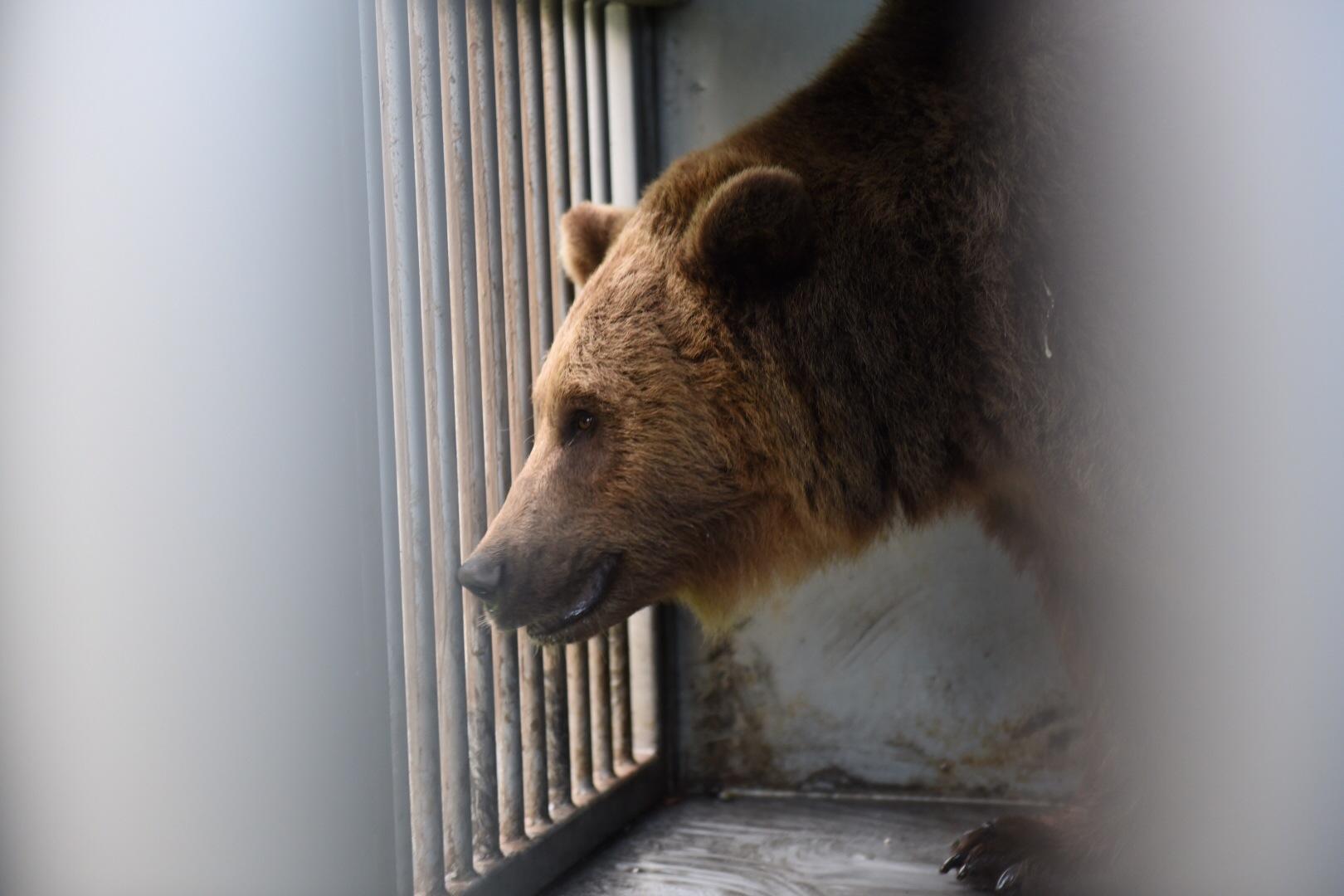
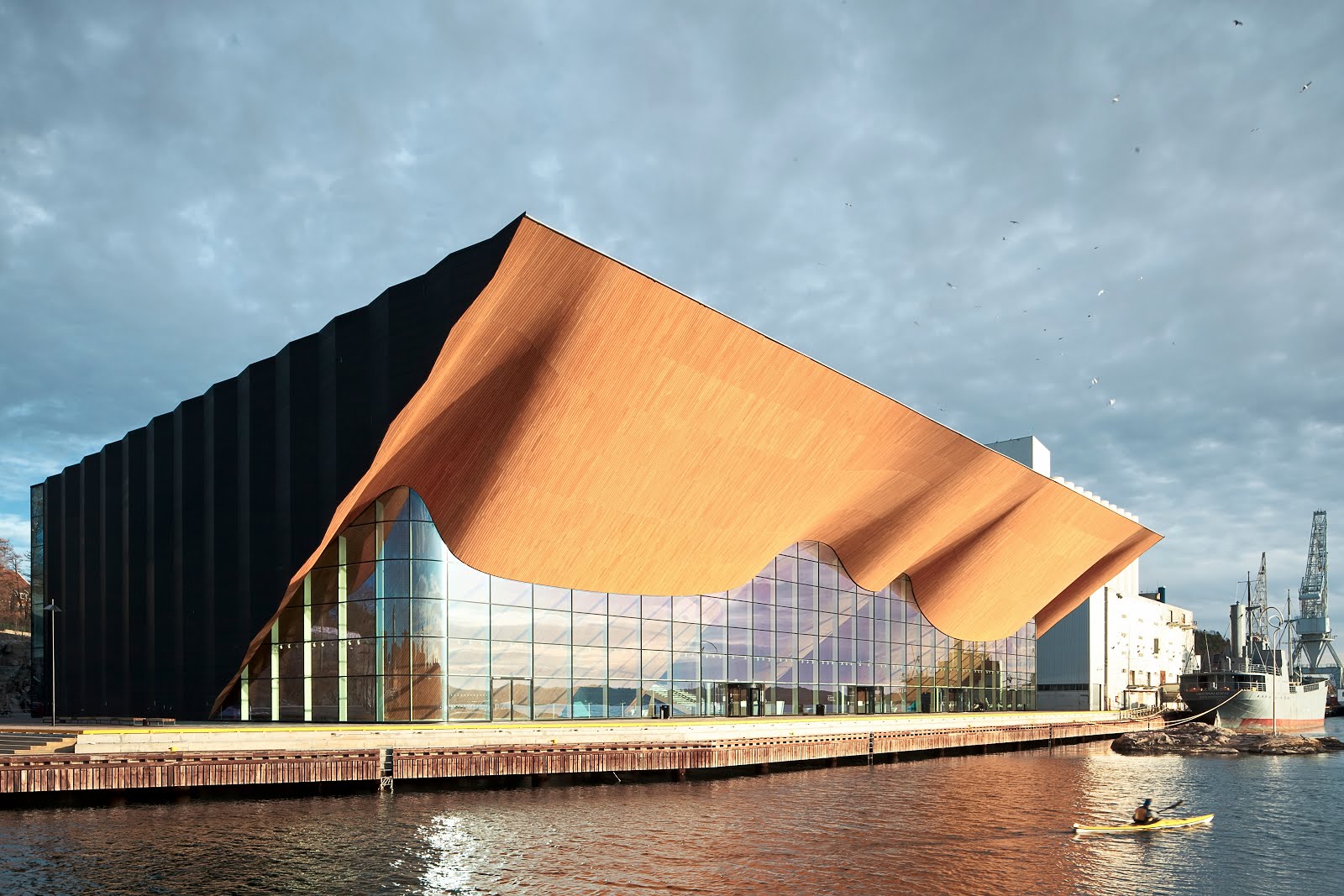

You can find an overview of ongoing debates with our journalists here . Please join us!
If you want to start a conversation about a topic raised in this article or want to report factual errors, email us at english@swissinfo.ch.